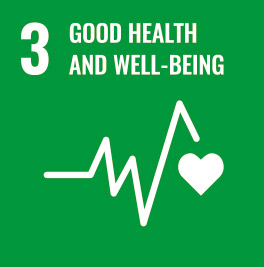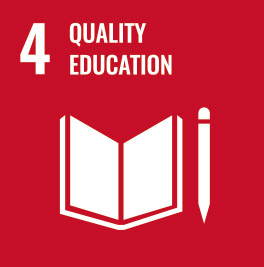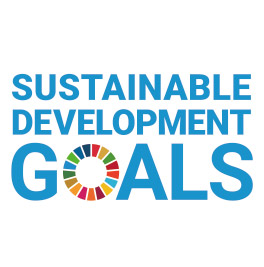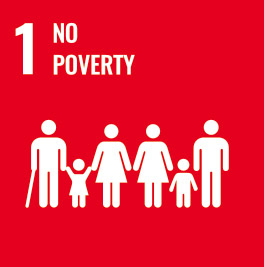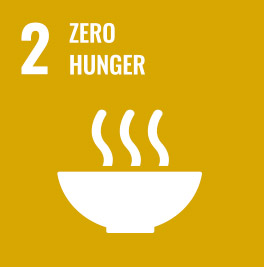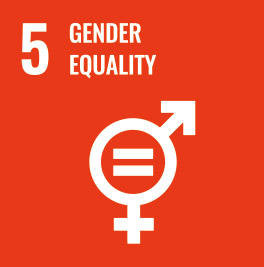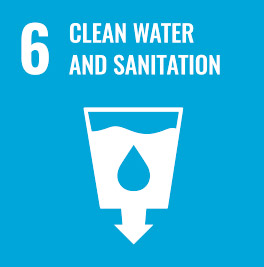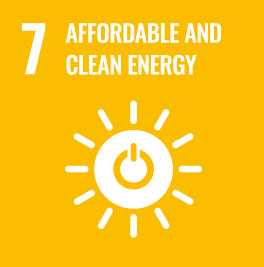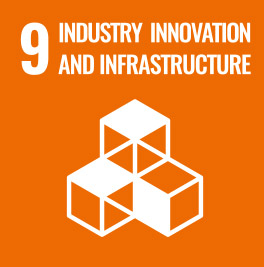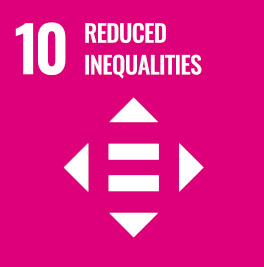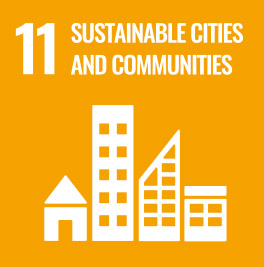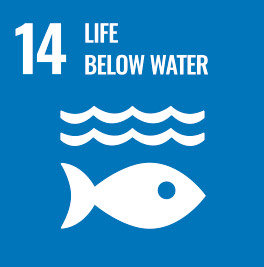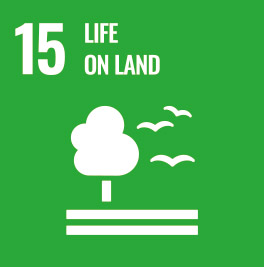SDG4
NCKU's "Water Rescue Challenge" Provides Realistic Simulation of Self-Rescue and Survival, Enhancing On-Site Sensations
Incidents of drowning while attempting to rescue others are not uncommon. With the arrival of the swimming and beach season, the National Cheng Kung University (NCKU) Sports Center took a different approach in April this year by organizing a series of water rescue challenge events. The "Rope Throwing Rescue Challenge" kicked off the series, aiming for realism by having participants enter the water wearing their everyday clothes. Contrary to what is often portrayed in movies and TV shows, where someone on the shore heroically throws a rope to save a person in distress, participants quickly realized that handling a rope was not as easy as it seemed. Additionally, they discovered that once immersed in water, clothes became heavy and restrictive, making movements awkward and difficult. This firsthand experience deepened participants' understanding of water safety and drowning rescue.
A total of 70 students formed teams to participate in the "Rope Throwing Rescue Challenge," which took place at the outdoor swimming pool on the Victory Campus of NCKU. The pool ranged from 2 meters to 2.3 meters in depth. Participants wore short sleeves and shorts, simulating drowning victims in the water, unable to touch the bottom. The weight of water-soaked clothes made movement challenging, providing a realistic experience. Throwing the rope from the shore was also more difficult than anticipated, often resulting in tangled ropes and awkward situations.
For freshman Liu Ting-hung from the Department of Taiwanese Literature, participating in the challenge was initially intended as a spectator. However, encouraged by classmates, she decided to join. She assumed throwing a rope would be straightforward but quickly realized how challenging it was. Despite numerous attempts, she failed to reach the "drowning victim." Nonetheless, Liu Ting-hung acknowledged the valuable lesson learned and pledged to prioritize safety when near water in the future.
On the other hand, Huang Hao-yang, a fifth-year student from the Department of Architecture, who had never experienced rope throwing rescue before, quickly mastered the technique after just a couple of tries. He successfully rescued the "drowning victim" and clinched the first place in his group. He emphasized that while the event was enjoyable, it highlighted the difficulties of water rescue and underscored the importance of self-rescue.
Director Huang Hsien-che of the Sports Center explained that while most people are aware of the potential dangers of recreational water activities such as fishing, canoeing, and water skiing, they often overlook the hidden risks beneath the water's surface. He cautioned that relying solely on enthusiasm to rescue drowning victims could lead to tragic consequences.
The rescue protocol emphasizes "shore-based rescue before water-based rescue, equipment-based rescue over bare-handed rescue, and group rescue over individual rescue." The Water Rescue Challenge event includes three competitions tailored to different water scenarios: "Rope Throwing Rescue," "Buoyancy Aid Swimming Rescue," and "Paddleboard Rescue." Director Huang stressed the importance of using equipment during rescue operations to avoid direct contact with drowning victims, which could pose risks of entanglement.
"Rope Throwing Rescue" is advantageous because ropes are compact and buoyant. If the drowning victim grasps the thrown rope, the rescuer can use the water's buoyancy to safely pull them ashore. "Buoyancy Aid Swimming Rescue" involves using readily available buoyancy aids such as lifebuoys, polystyrene boards, and buckets to guide the drowning victim to safety, reducing their anxiety and allowing the rescuer to proceed calmly with the rescue. "Paddleboard Rescue" is suitable for situations where the victim is farther from the shore. The rescuer uses a paddleboard to reach and rescue unconscious or physically weakened victims, bringing them safely back to the shore together.
Director Huang reiterated the importance of following the five-step drowning rescue protocol: shout for help, call emergency services, extend help with a pole or stick, throw floating objects such as balls, ropes, or buckets, and use large buoyant objects like paddleboards or lifebuoys to reach the victim. He emphasized that both rescuers and drowning victims should prioritize safety in water activities.
As summer approaches, Director Huang urged students to be mindful of water safety when engaging in water-related activities. In the unfortunate event of falling into water, drowning victims should know how to self-rescue by adopting positions such as the jellyfish float or back float, relaxing their bodies, and conserving energy while waiting for rescue, thus increasing their chances of safely reaching the shore.
A total of 70 students formed teams to participate in the "Rope Throwing Rescue Challenge," which took place at the outdoor swimming pool on the Victory Campus of NCKU. The pool ranged from 2 meters to 2.3 meters in depth. Participants wore short sleeves and shorts, simulating drowning victims in the water, unable to touch the bottom. The weight of water-soaked clothes made movement challenging, providing a realistic experience. Throwing the rope from the shore was also more difficult than anticipated, often resulting in tangled ropes and awkward situations.
For freshman Liu Ting-hung from the Department of Taiwanese Literature, participating in the challenge was initially intended as a spectator. However, encouraged by classmates, she decided to join. She assumed throwing a rope would be straightforward but quickly realized how challenging it was. Despite numerous attempts, she failed to reach the "drowning victim." Nonetheless, Liu Ting-hung acknowledged the valuable lesson learned and pledged to prioritize safety when near water in the future.
On the other hand, Huang Hao-yang, a fifth-year student from the Department of Architecture, who had never experienced rope throwing rescue before, quickly mastered the technique after just a couple of tries. He successfully rescued the "drowning victim" and clinched the first place in his group. He emphasized that while the event was enjoyable, it highlighted the difficulties of water rescue and underscored the importance of self-rescue.
Director Huang Hsien-che of the Sports Center explained that while most people are aware of the potential dangers of recreational water activities such as fishing, canoeing, and water skiing, they often overlook the hidden risks beneath the water's surface. He cautioned that relying solely on enthusiasm to rescue drowning victims could lead to tragic consequences.
The rescue protocol emphasizes "shore-based rescue before water-based rescue, equipment-based rescue over bare-handed rescue, and group rescue over individual rescue." The Water Rescue Challenge event includes three competitions tailored to different water scenarios: "Rope Throwing Rescue," "Buoyancy Aid Swimming Rescue," and "Paddleboard Rescue." Director Huang stressed the importance of using equipment during rescue operations to avoid direct contact with drowning victims, which could pose risks of entanglement.
"Rope Throwing Rescue" is advantageous because ropes are compact and buoyant. If the drowning victim grasps the thrown rope, the rescuer can use the water's buoyancy to safely pull them ashore. "Buoyancy Aid Swimming Rescue" involves using readily available buoyancy aids such as lifebuoys, polystyrene boards, and buckets to guide the drowning victim to safety, reducing their anxiety and allowing the rescuer to proceed calmly with the rescue. "Paddleboard Rescue" is suitable for situations where the victim is farther from the shore. The rescuer uses a paddleboard to reach and rescue unconscious or physically weakened victims, bringing them safely back to the shore together.
Director Huang reiterated the importance of following the five-step drowning rescue protocol: shout for help, call emergency services, extend help with a pole or stick, throw floating objects such as balls, ropes, or buckets, and use large buoyant objects like paddleboards or lifebuoys to reach the victim. He emphasized that both rescuers and drowning victims should prioritize safety in water activities.
As summer approaches, Director Huang urged students to be mindful of water safety when engaging in water-related activities. In the unfortunate event of falling into water, drowning victims should know how to self-rescue by adopting positions such as the jellyfish float or back float, relaxing their bodies, and conserving energy while waiting for rescue, thus increasing their chances of safely reaching the shore.
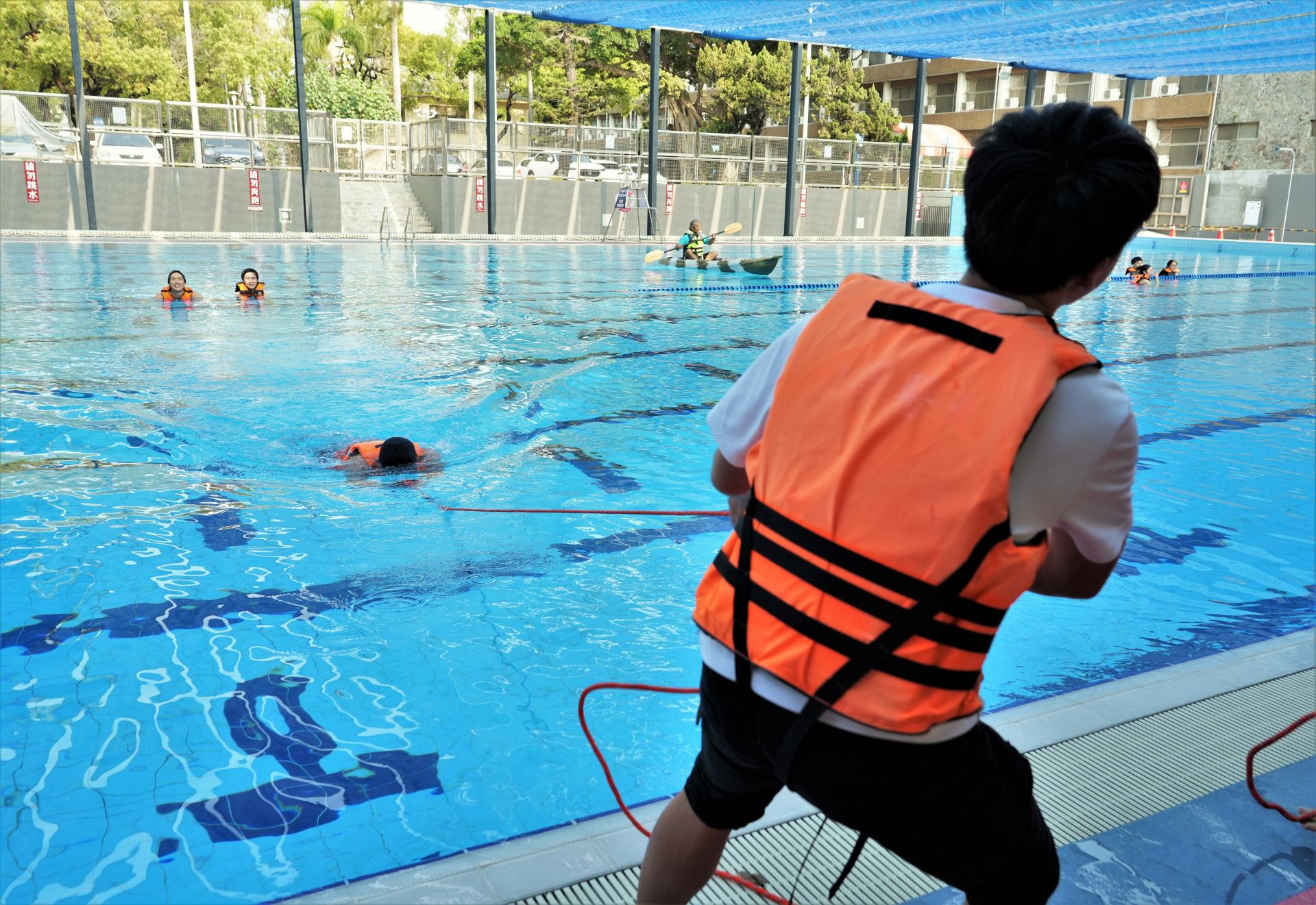
Shoreline rope rescue uses the buoyancy of water to safely pull someone ashore.
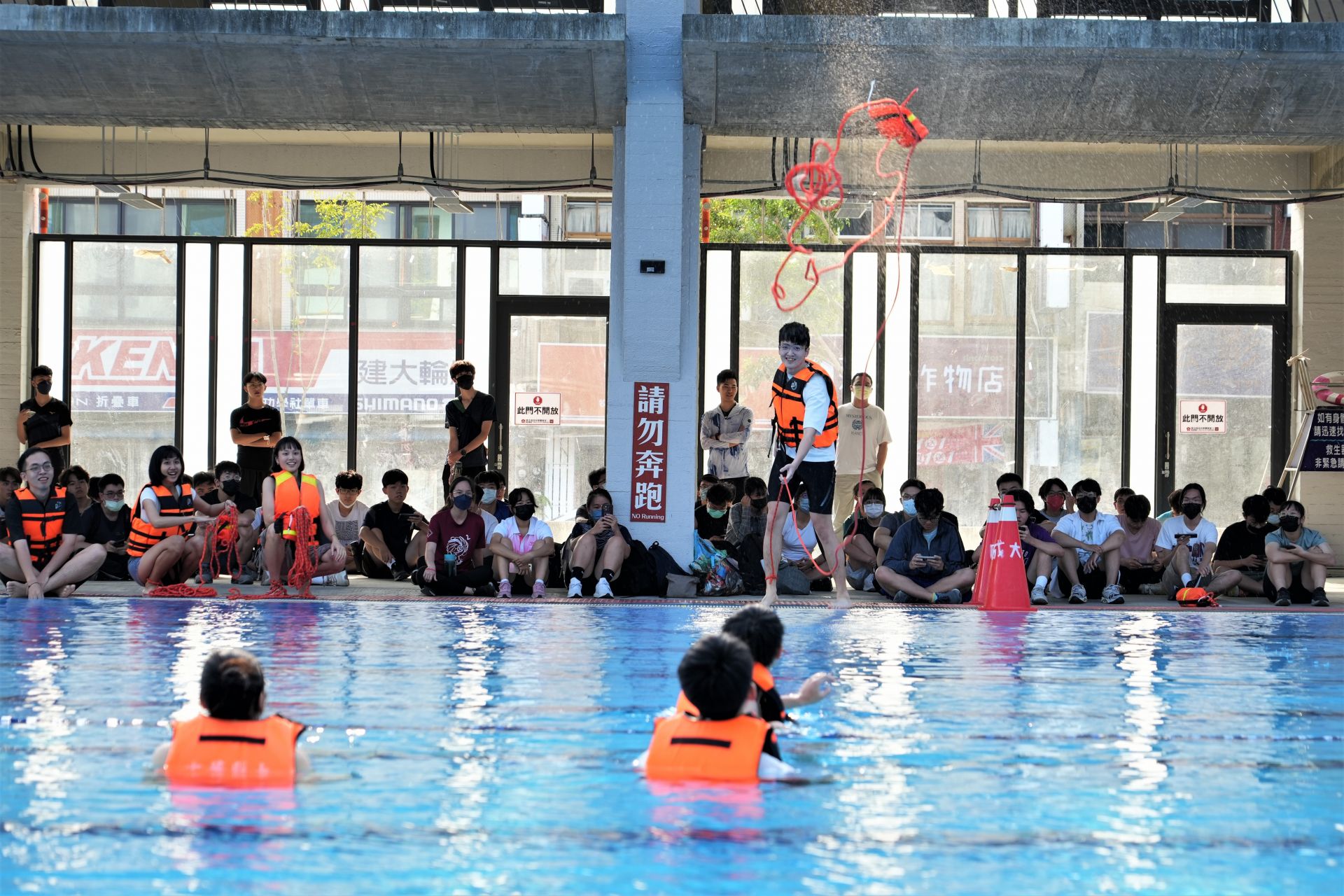
While rope rescue may seem simple, without mastering the technique, the rope won't cooperate.
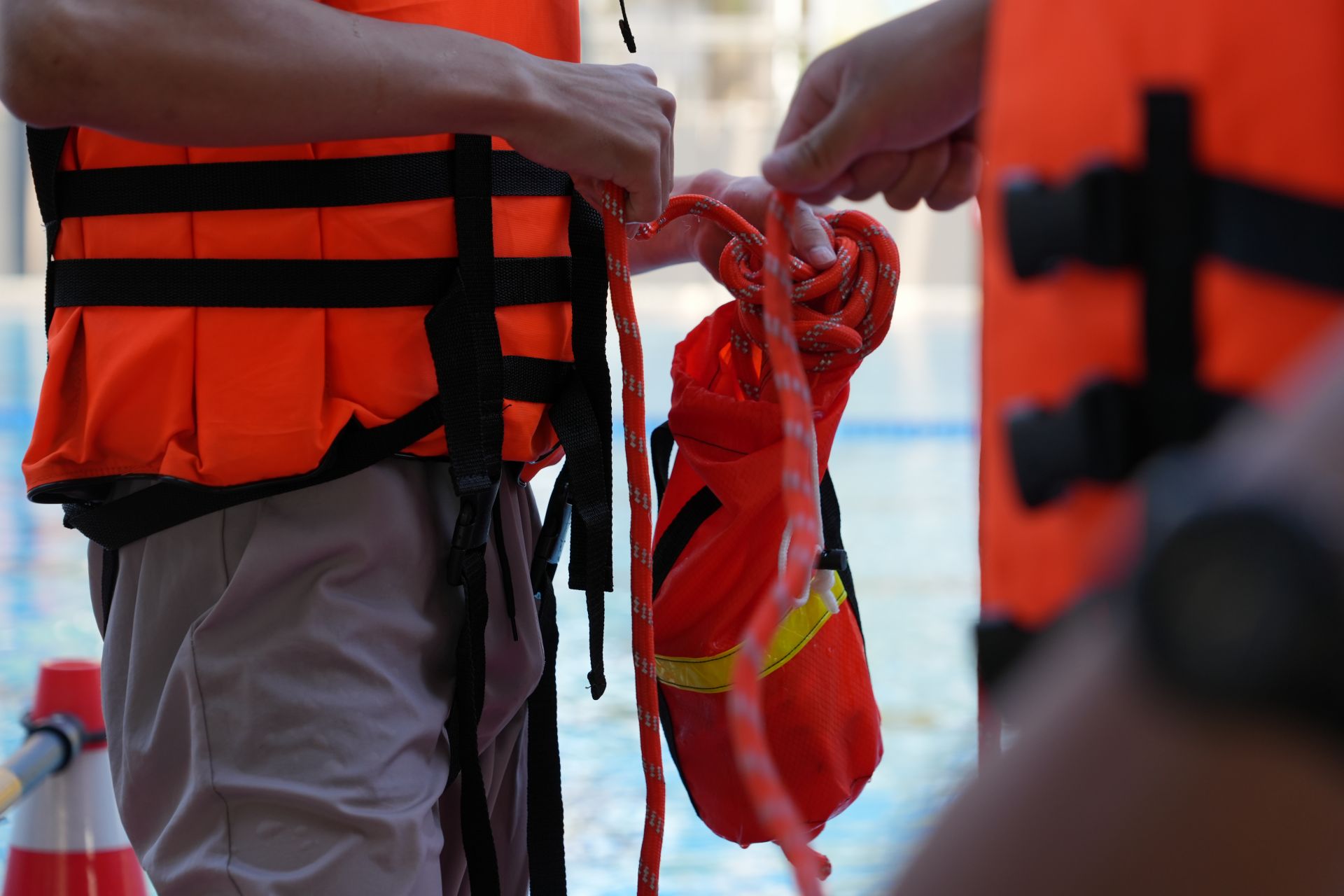
Rope rescue involves both throwing and retrieving the rope skillfully to avoid tangling.
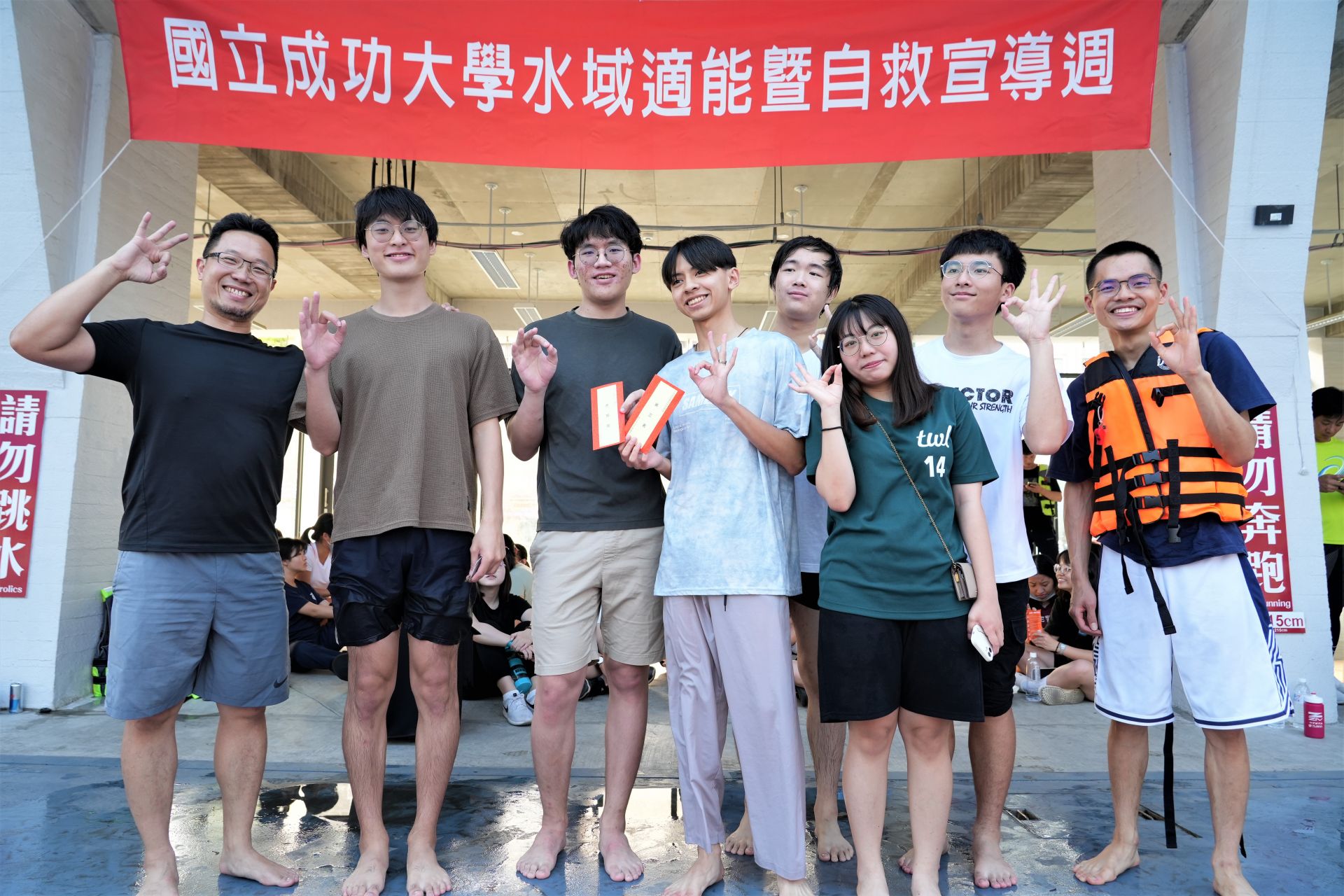
Water fitness and self-rescue advocacy allow students to experience the importance of self-rescue and proper rescue techniques in a fun way.

SDG4Six NCKU professors received the Ministry of Education's Teacher Excellence Program award for the 110th academic year
View more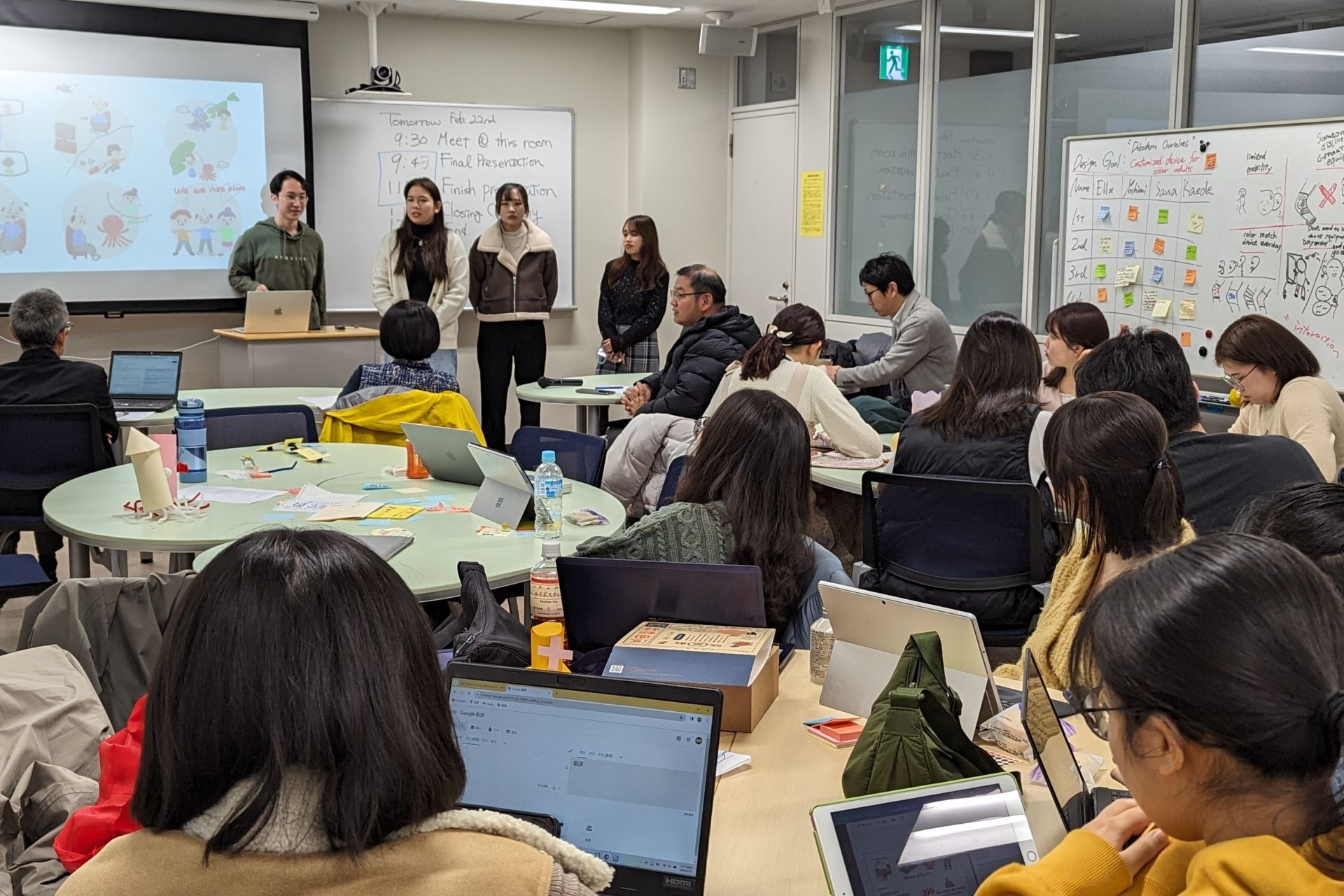
SDG4Students, teachers, and interviewed seniors discuss their insights, perspectives, and recommendations on healthy aging.
View more


